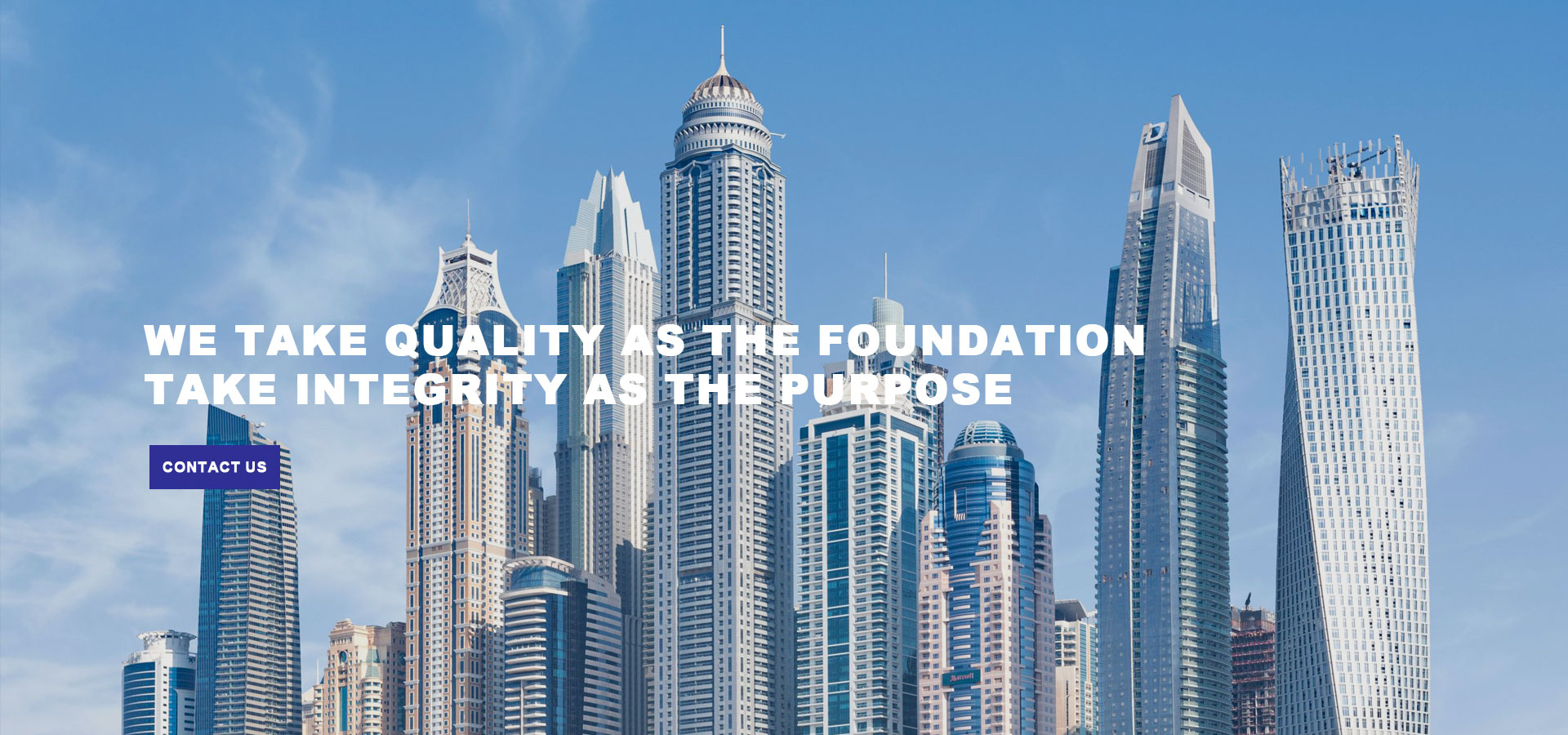

The Benefits of Triple Low E Glass Enhancing Energy Efficiency and Comfort
In recent years, the emphasis on energy efficiency and sustainability has spurred significant advancements in building materials. Among these innovations, triple low E glass has emerged as a transformative solution for residential and commercial architecture. This advanced glazing technology offers a host of benefits, including enhanced energy efficiency, improved comfort, and increased environmental sustainability.
Understanding Triple Low E Glass
Low emissivity (Low E) glass is a type of energy-efficient glazing that has a microscopic coating applied to its surface to reduce the amount of infrared and ultraviolet light that can enter the home without compromising the amount of visible light. The “triple” in triple low E glass refers to the multiple panes of glass layered together, typically three, which work in concert to maximize energy efficiency.
In a triple low E configuration, one pane of glass is coated with a low E material, while the space between the panes is often filled with argon or krypton gas, which are inert gases that provide additional insulation. The result is a glazing system that dramatically reduces heat transfer, keeping homes warmer in the winter and cooler in the summer.
Energy Efficiency
The Benefits of Triple Low E Glass Enhancing Energy Efficiency and Comfort
By minimizing thermal transmittance, triple low E glass ensures that less energy is required to maintain a comfortable indoor environment. Homeowners can enjoy reduced utility bills and a smaller carbon footprint, aligning their energy consumption with sustainable living practices.

Enhanced Comfort
In addition to its energy-saving capabilities, triple low E glass contributes to improved indoor comfort. The advanced insulation properties of triple glazing help to eliminate cold spots and drafts that can occur in standard double-pane windows. This uniform temperature distribution leads to a more pleasant living environment, making spaces more enjoyable for occupants.
Additionally, the low E coating reduces glare and UV radiation, protecting interiors from sun damage and fading while allowing natural light to illuminate spaces. This balance of light, comfort, and efficiency makes triple low E glass a desirable choice for architects and builders aiming for high-quality residential and commercial projects.
Environmental Impact
The shift towards using materials like triple low E glass is a crucial step in mitigating the environmental impacts of buildings. The construction and operation of buildings account for a significant portion of global energy consumption and greenhouse gas emissions. By opting for energy-efficient solutions, builders and homeowners alike contribute to a more sustainable future.
Moreover, the longevity of triple low E glass means that it does not need to be replaced frequently, reducing waste and resource consumption over time. Its durability and resilience in various weather conditions further extend its lifespan, making it a worthwhile investment for any property owner focused on sustainability.
Conclusion
As the world continues to grapple with climate change and energy efficiency issues, the importance of innovative building materials cannot be overstated. Triple low E glass stands out as a pioneering solution that not only enhances energy efficiency and promotes comfort but also bolsters environmental sustainability. Homeowners and builders who incorporate this advanced glazing technology into their projects can expect substantial benefits, paving the way for a greener future while enjoying a more comfortable living environment. With its impressive performance and eco-friendly attributes, triple low E glass is undoubtedly a wise choice for modern construction.